At first glance, floating shelves seem like a simple design choice – a sleek, space-saving solution that fits...
- There are no more items in your cart
- Shipping
- Total £0.00

How to care for wooden shelves – a complete guide to maintenance and protection
Wooden shelves are not only practical storage solutions but also beautiful decorative elements that bring warmth and natural character to any interior. Whether your shelves are made from oak, walnut, teak, or a unique live edge plank, taking proper care of them will keep their appearance fresh and extend their lifespan significantly. Unlike synthetic materials, wood is sensitive to environmental factors like moisture, sunlight, and temperature changes. Regular cleaning and maintenance help prevent damage such as warping, cracking, or discoloration. This guide will walk you through essential steps and tips on how to keep your wooden shelves looking their best for years to come, making your investment in quality wood truly worthwhile.
List of Contents
- Introduction
- Why proper care matters
- Daily cleaning tips
- Handling spills and stains
- Protecting shelves from moisture and heat
- Polishing and waxing your shelves
- Repairing minor damages
- When to refinish or restore your shelves
- Tips for long-lasting wood beauty
- Final thoughts
- Why does proper care matter?
Wood is a living material that reacts to its environment, so neglect can cause it to deteriorate faster than you might expect. Dust, dirt, and everyday grime build up on surfaces, dulling the natural shine and emphasizing scratches. Moisture from spills or humidity can lead to swelling or stains, while heat sources like radiators or sunlight can dry out wood and cause cracks or fading. Without regular attention, even the most durable hardwood can lose its charm. Taking time to care for your shelves means preserving their strength and beauty, ensuring they remain a focal point in your home rather than an eyesore or safety hazard.
Daily cleaning tips
Keeping your wooden shelves dust-free is the simplest way to maintain their natural look. Use a soft, dry microfiber cloth to gently wipe the surface once or twice a week. Avoid harsh chemical cleaners or abrasive materials, which can strip the finish or scratch the wood. For light dirt or fingerprints, slightly dampen your cloth with water but never soak the wood. After wiping with a damp cloth, immediately dry the surface with a clean dry cloth to prevent moisture absorption. Regular dusting prevents buildup that can scratch or dull the wood and keeps your shelves ready for styling or use.
Handling spills and stains
Spills happen, but quick action can prevent permanent marks. If you spill liquid on your shelf, immediately blot it with an absorbent cloth or paper towel without rubbing. For sticky or stubborn stains, mix a small amount of mild dish soap with warm water and gently clean the area using a soft cloth, then dry thoroughly. Avoid excessive water and never let liquids pool on the wood surface. For tougher stains like ink or grease, specialized wood cleaners are available but always test in an inconspicuous area first. Acting fast and using the right cleaning method will save your shelf from costly damage.
Protecting shelves from moisture and heat
Moisture is the enemy of wood, causing warping, swelling, and sometimes mold. Keep your shelves away from humid areas like bathrooms unless they are specially treated for such conditions. Use coasters or mats under plants, candles, or any objects that might leak water or wax. Avoid placing shelves too close to heat sources like heaters or direct sunlight, which can dry out wood fibers and cause cracking or fading. If your shelves are in sunny spots, consider UV-protective finishes or window films to reduce sun damage. A well-ventilated room with controlled humidity helps wood maintain its natural balance.
Polishing and waxing your shelves
Periodic polishing or waxing enhances wood’s natural grain and provides an extra layer of protection. Choose a polish or wax suitable for your shelf’s finish, preferably natural or beeswax-based products that nourish the wood. Apply a thin layer using a soft cloth, following the grain direction, then buff to a soft shine. Avoid silicone-based products, which can build up and become sticky or attract dust. Polishing every few months keeps shelves looking vibrant and helps shield them from minor scratches and stains.
Repairing minor damages
Even with the best care, wooden shelves might get small scratches, dents, or chips. For light surface scratches, rubbing a walnut or special wood repair crayon over the mark can help blend it with the surrounding wood. Deeper scratches or dents may need sanding and refinishing. Use fine-grit sandpaper carefully to smooth the damaged area, then apply a matching wood stain or finish. Small chips can be filled with wood filler and touched up with stain or paint to match. Regular inspection allows you to catch and fix minor damage early, preventing more costly repairs later.
When to refinish or restore your shelves
Over time, the protective finish on your shelves might wear off due to use and exposure. When you notice the wood looking dull, dry, or worn, it may be time for refinishing. This involves sanding off the old finish and applying new stain, varnish, or wax. Refinishing can restore the shelf’s original color and protect it against further damage. If you’re not comfortable doing this yourself, professional restoration services can bring back your shelves’ beauty and durability. Regular refinishing every few years keeps your shelves looking like new and extends their life.
Tips for long-lasting wood beauty
To keep your shelves looking great, consider these practical tips: keep humidity levels stable, avoid direct sunlight, clean dust regularly, protect from spills immediately, and polish occasionally. Use protective pads or mats under heavy or rough objects to prevent scratches. Rotate displayed items periodically to avoid uneven wear or fading. If you move your shelves, handle them gently and avoid dragging heavy objects on their surfaces. Consistency in care pays off with lasting beauty and functionality.
Final thoughts
Wooden shelves are timeless pieces that combine utility and natural elegance. Proper care is essential to maintain their appearance and structural integrity. Simple daily cleaning, careful handling of spills, protection from moisture and heat, occasional polishing, and timely repairs all contribute to their longevity. Whether you’ve chosen handcrafted wooden shelves or classic models, investing a little time in maintenance means years of enjoyment and style. Remember, well-cared-for wood not only looks better but also tells a story of craftsmanship and warmth in your home.

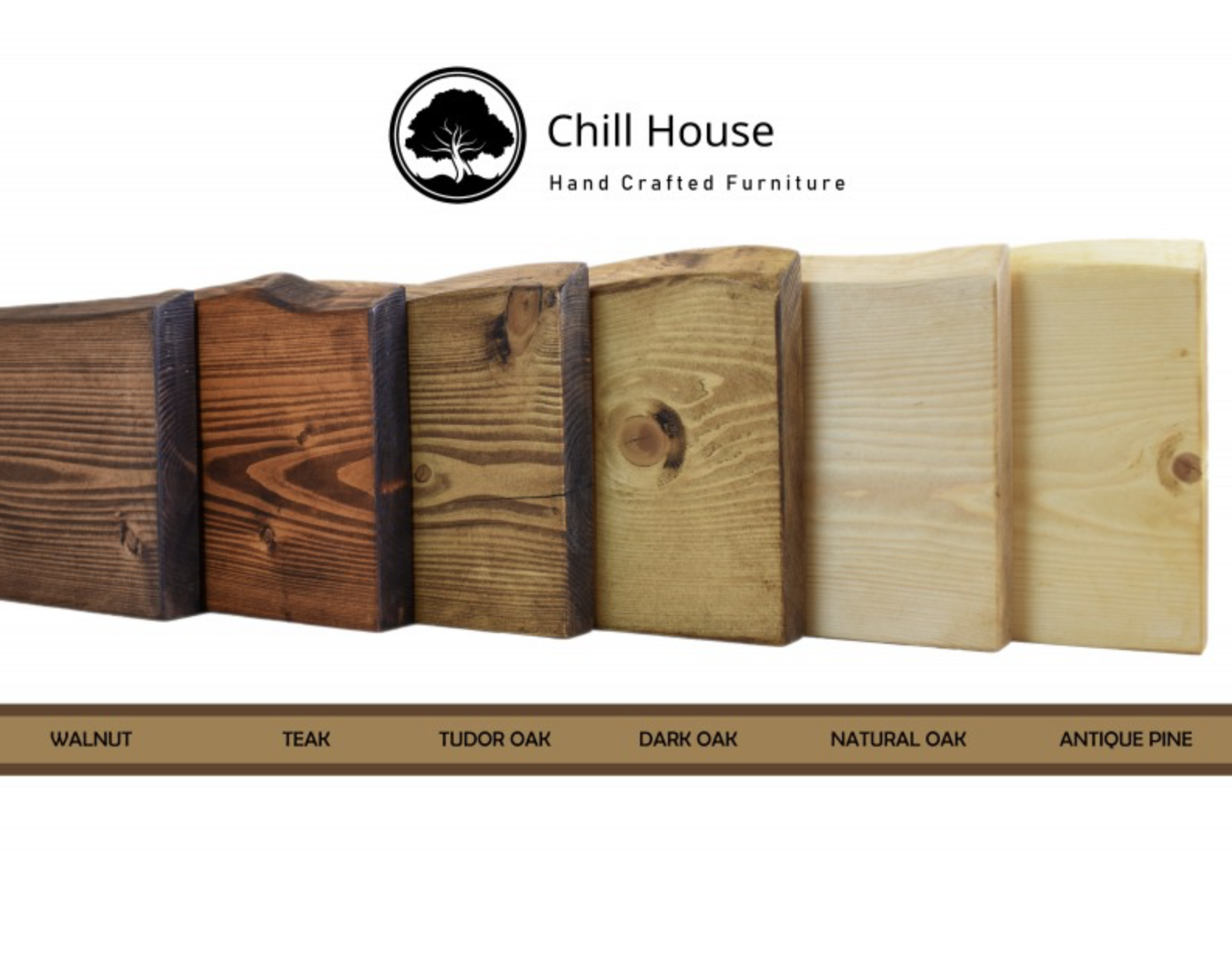
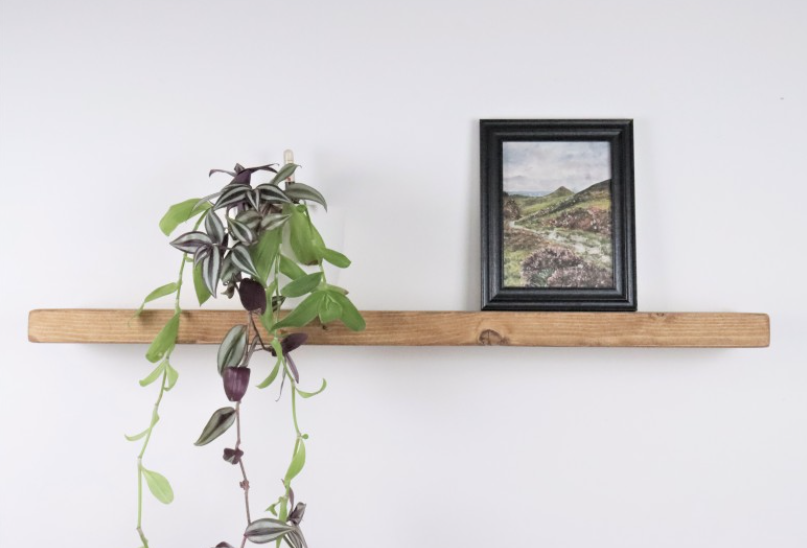
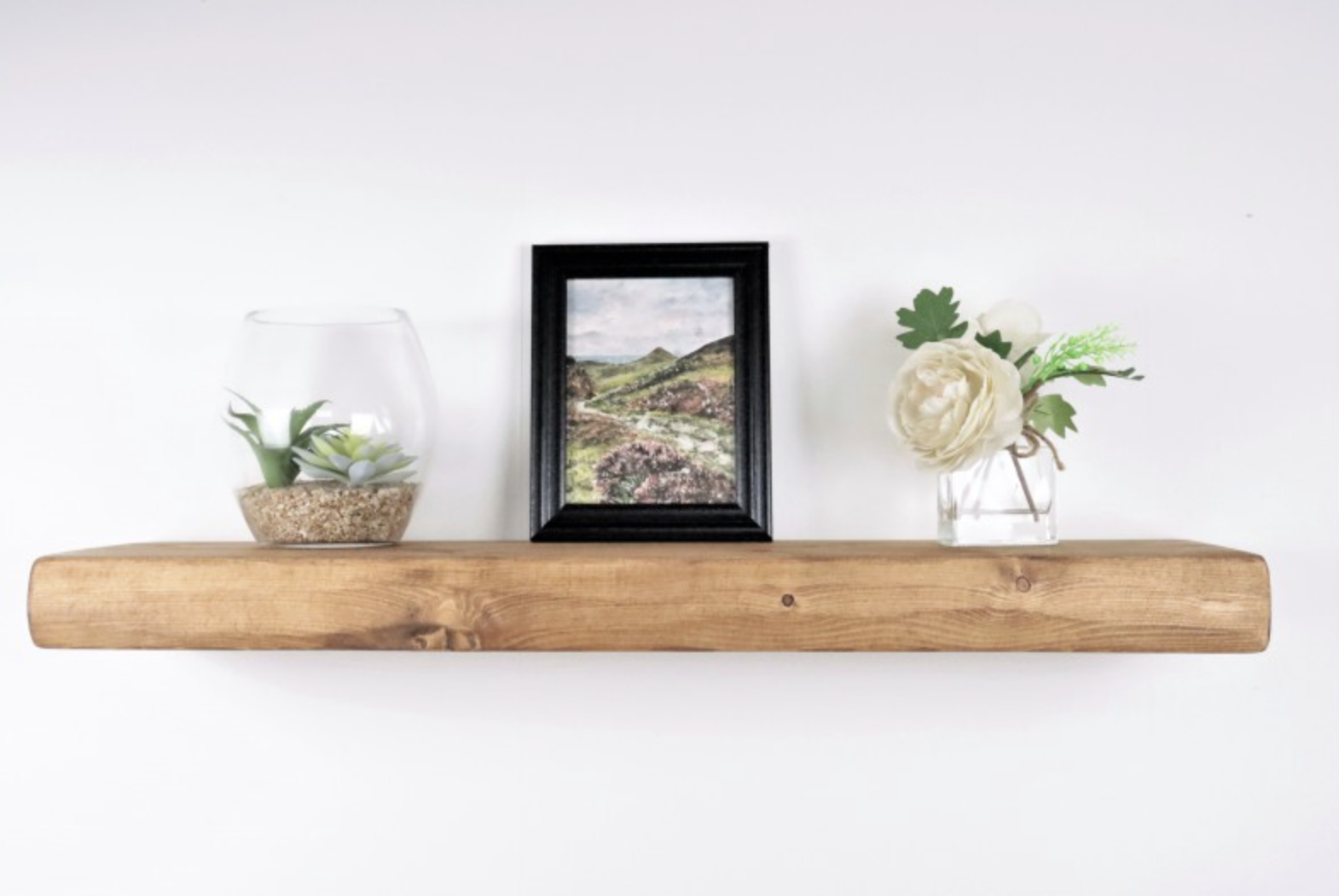
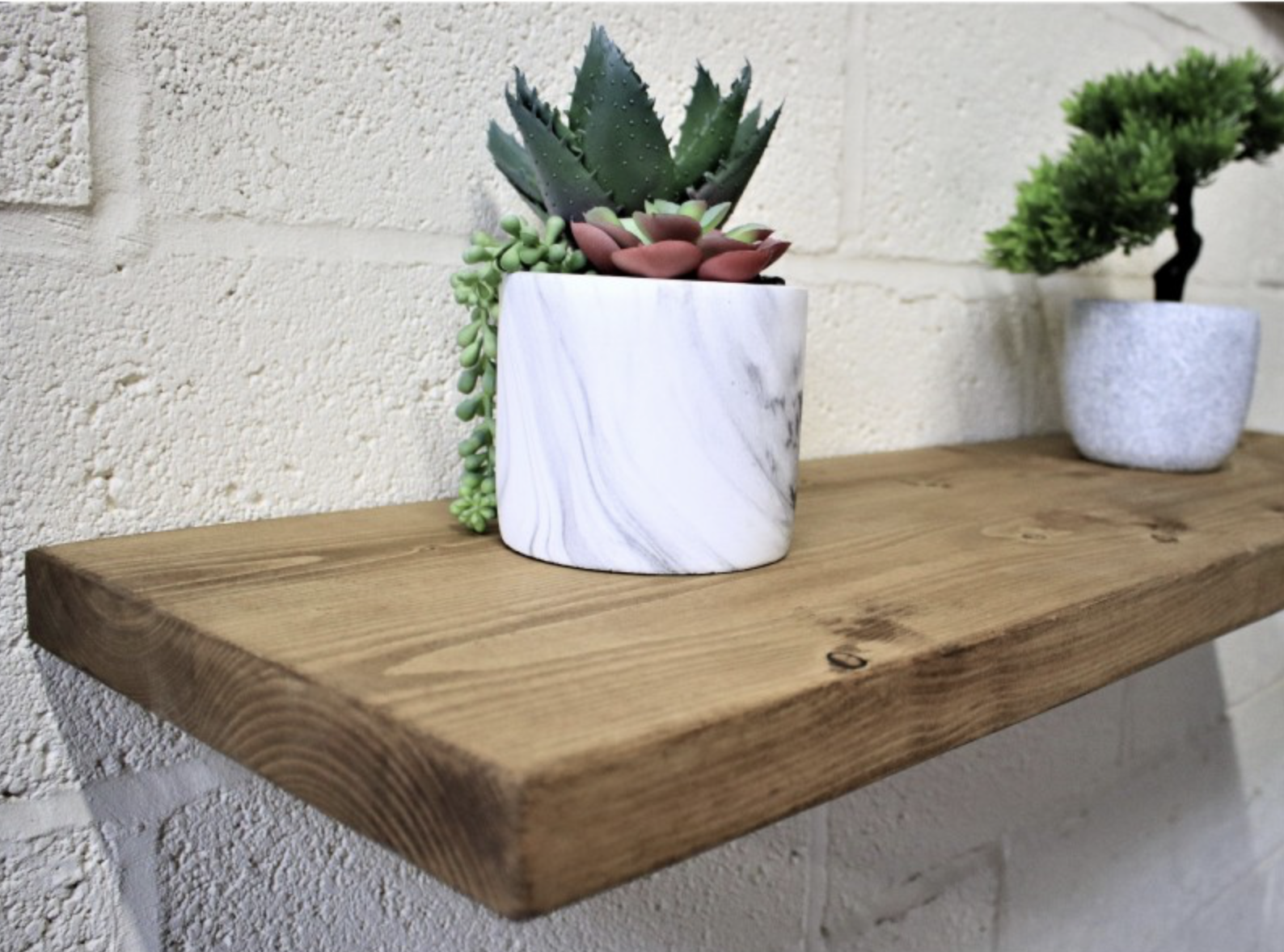
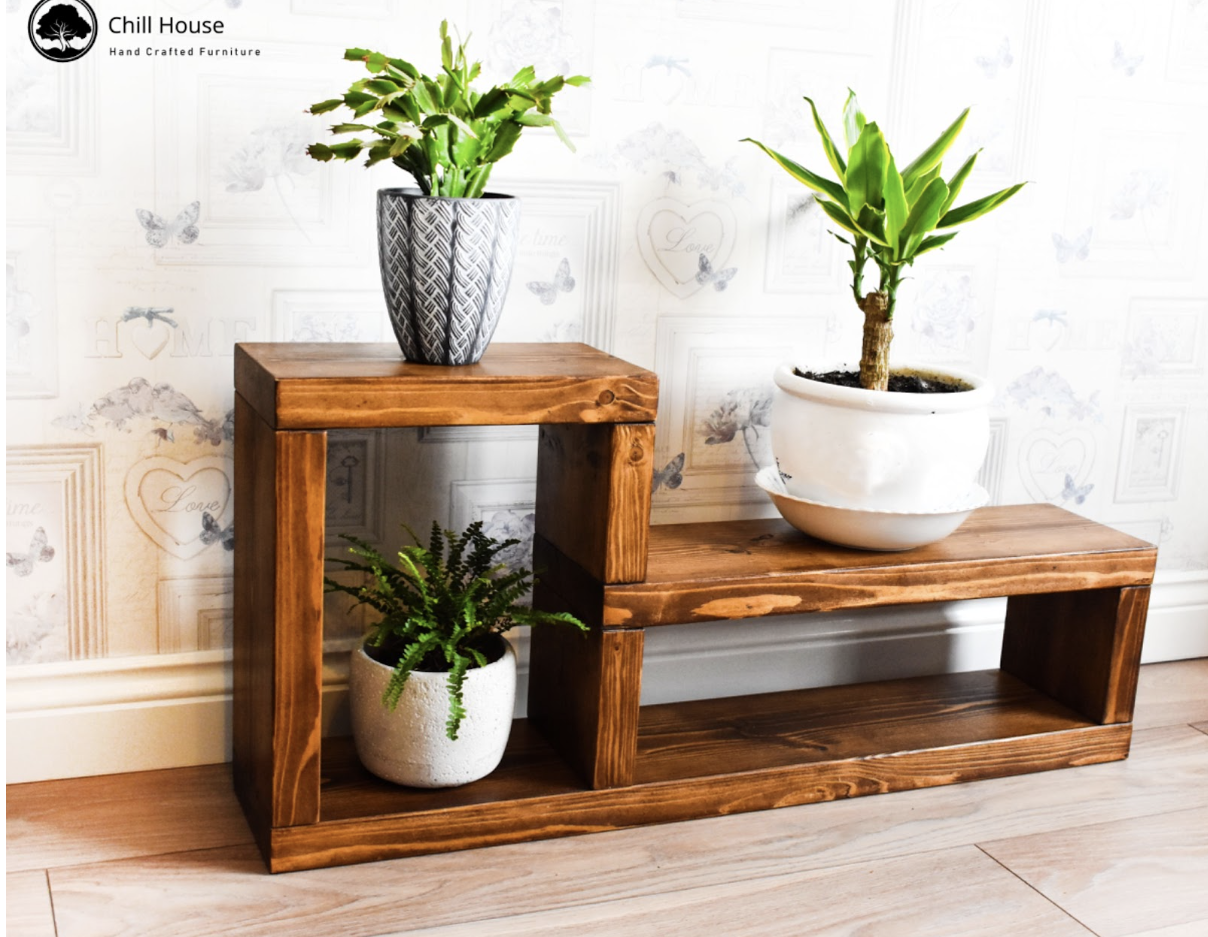
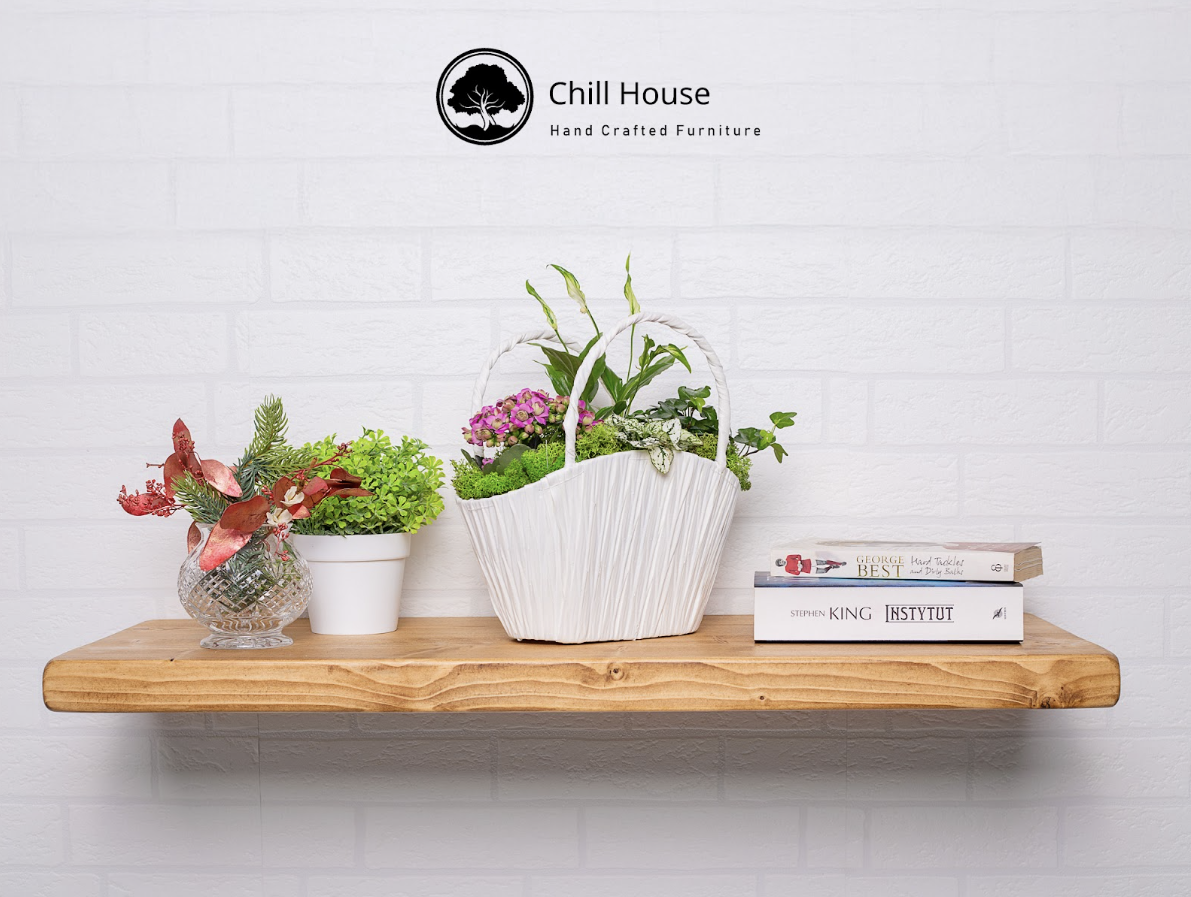


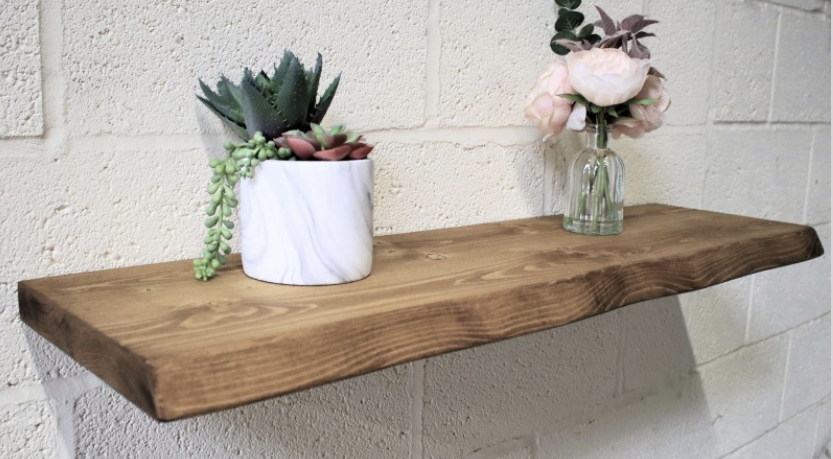
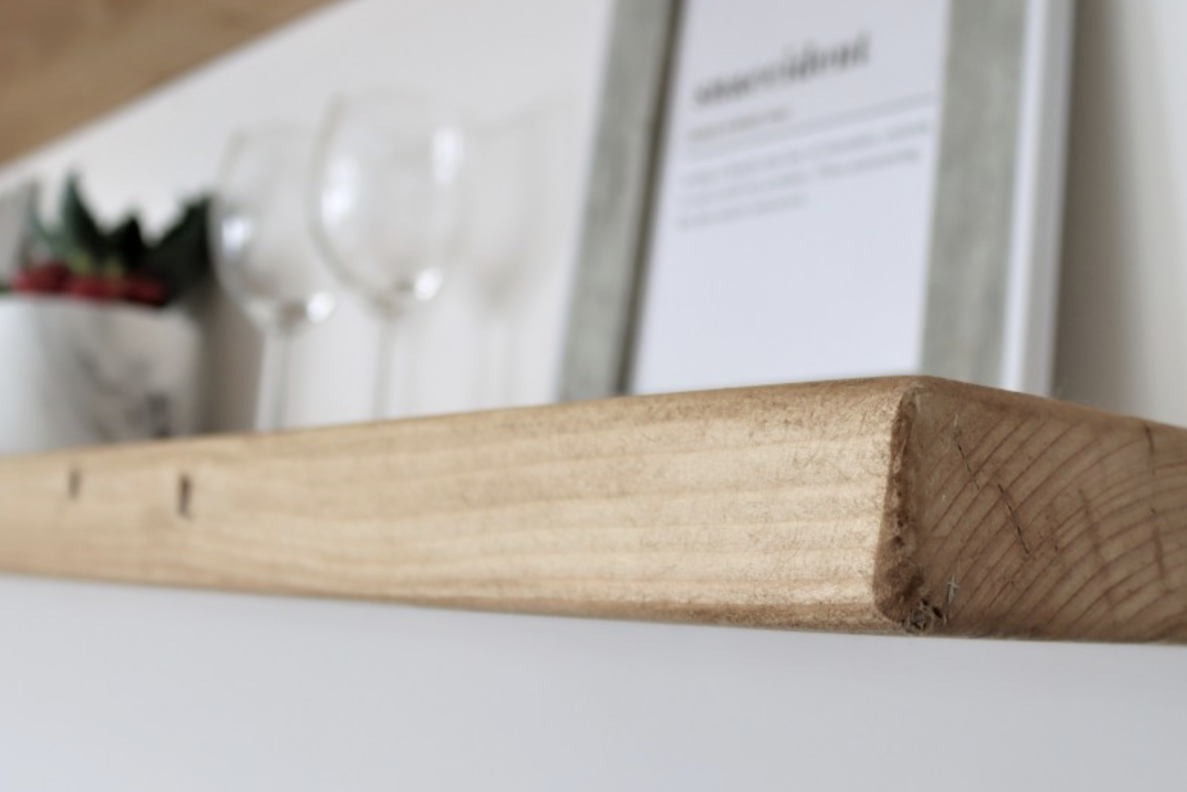





Leave a comment